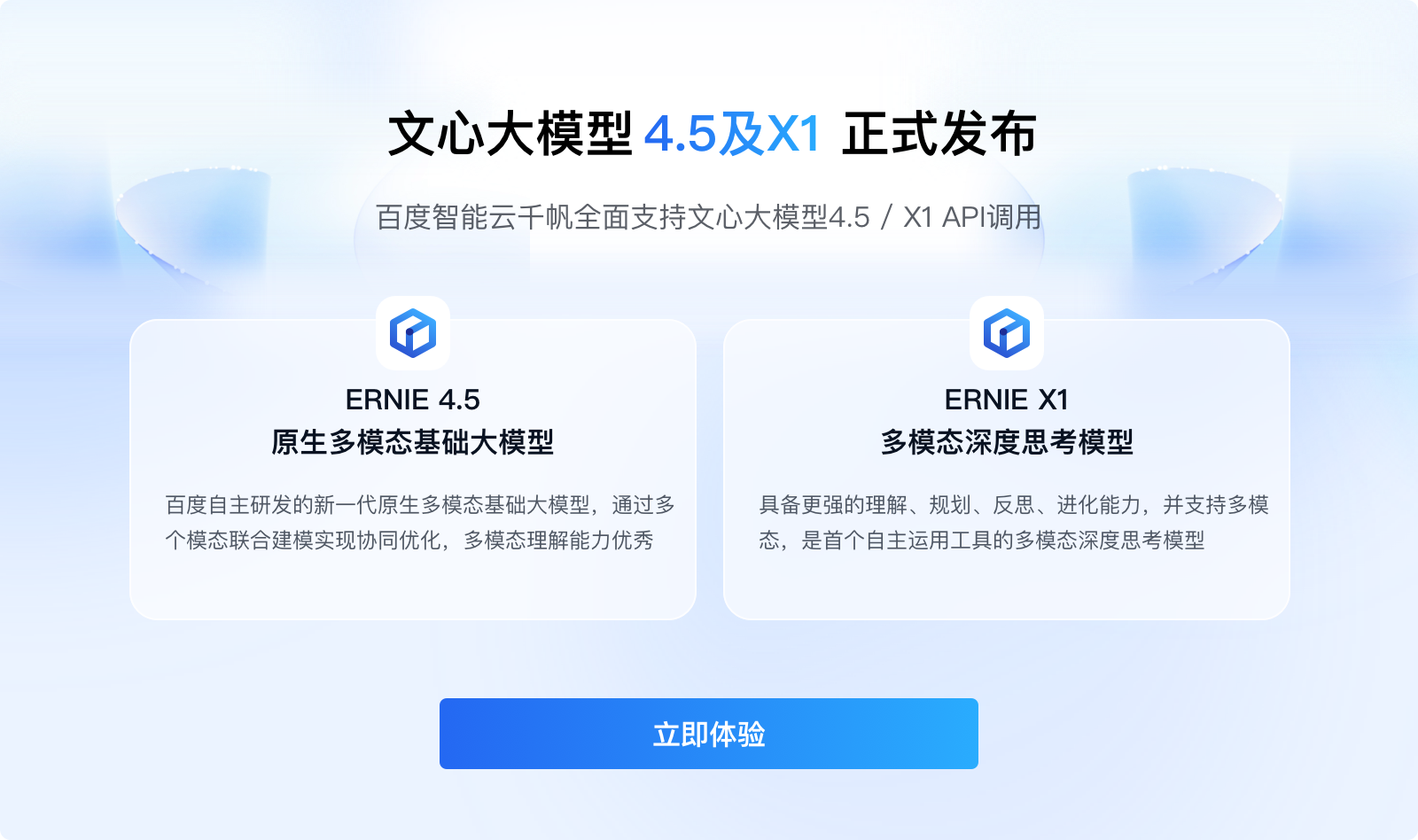Kaggle Whale Shark Recognition Competition: Midway Experience Summary
作者:蛮不讲李2024.03.29 04:02浏览量:2简介:In this Kaggle competition, participants aim to classify images of whales and sharks into their respective species. This article summarizes my experience halfway through the competition, sharing insights, challenges, and practical strategies.
千帆应用开发平台“智能体Pro”全新上线 限时免费体验
面向慢思考场景,支持低代码配置的方式创建“智能体Pro”应用
Kaggle Whale Shark Recognition Competition: Midway Experience Summary
Introduction
Halfway through the Kaggle Whale Shark Recognition competition, it’s time to reflect on the progress made, challenges encountered, and lessons learned. This competition challenges participants to classify images of whales and sharks into their respective species, based on visual cues and patterns.
Data Understanding
The first step was to understand the data. The dataset consisted of labeled images of whales and sharks, ranging from clear and distinct shots to blurry and ambiguous ones. Understanding the distribution of images across species and the quality of images was crucial for effective modeling.
Data Preprocessing
Data preprocessing was essential to improve model performance. Techniques like resizing, normalization, and augmentation were applied to enhance the quality and diversity of the dataset. Resizing images to a uniform size made them compatible with most deep learning models. Normalization helped in reducing the impact of照明条件 and color variations. Augmentation techniques like rotation, flipping, and zooming increased the dataset size, improving model generalization.
Model Selection
Choosing the right model was crucial for accurate classification. We experimented with various architectures like CNNs (Convolutional Neural Networks), ResNet, and Inception. CNNs performed well on this task due to their ability to capture spatial patterns in images. ResNet and Inception, with their residual connections and inception modules, further improved accuracy.
Model Training
During model training, we encountered several challenges. Overfitting was a significant issue, especially with the limited dataset. To address this, we employed techniques like dropout, regularization, and early stopping. These techniques helped in reducing overfitting and improving generalization.
Another challenge was balancing the classes. Since the dataset was not evenly distributed across species, we used class weights during training to give more importance to minority classes. This helped in improving the model’s performance on these classes.
Post-Processing
Post-processing techniques like thresholding and ensemble methods further improved the model’s performance. Thresholding helped in filtering out predictions with low confidence scores, increasing accuracy. Ensemble methods, like bagging and boosting, combined predictions from multiple models, reducing bias and variance.
Future Strategies
Looking ahead, we plan to explore more advanced model architectures like EfficientNet and Vision Transformers. We also plan to experiment with different pre-training strategies and fine-tuning techniques to further improve accuracy.
Conclusion
Halfway through the Kaggle Whale Shark Recognition competition, we have learned valuable lessons about data understanding, preprocessing, model selection, training, and post-processing. These insights will guide us in the remaining part of the competition, helping us achieve better results.


